Electric current is defined as the flow of charged particles per unit time. In most conductive substances, these charged particles are electrons that exist within the molecular structure of the material.
Some materials have tightly bonded electrons and while others have loosely bonded electrons that can move freely through the substance. These free electrons are negatively charged and their movement constitutes electric current.
Electric current is categorized into two types: Alternating Current (AC) and Direct Current (DC), depending on the flow of charged particles.
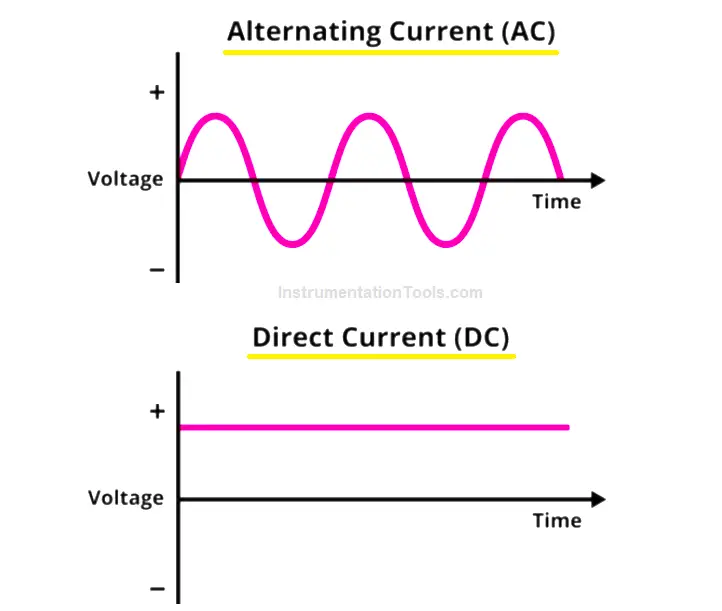
Alternating Current (AC)
Alternating Current (AC) periodically changes the direction of its electric charge. AC supply is commonly used in household appliances, offices, and other equipment.
AC was first developed in 1832 using a Dynamo Electric Generator, based on the principles discovered by Michael Faraday.
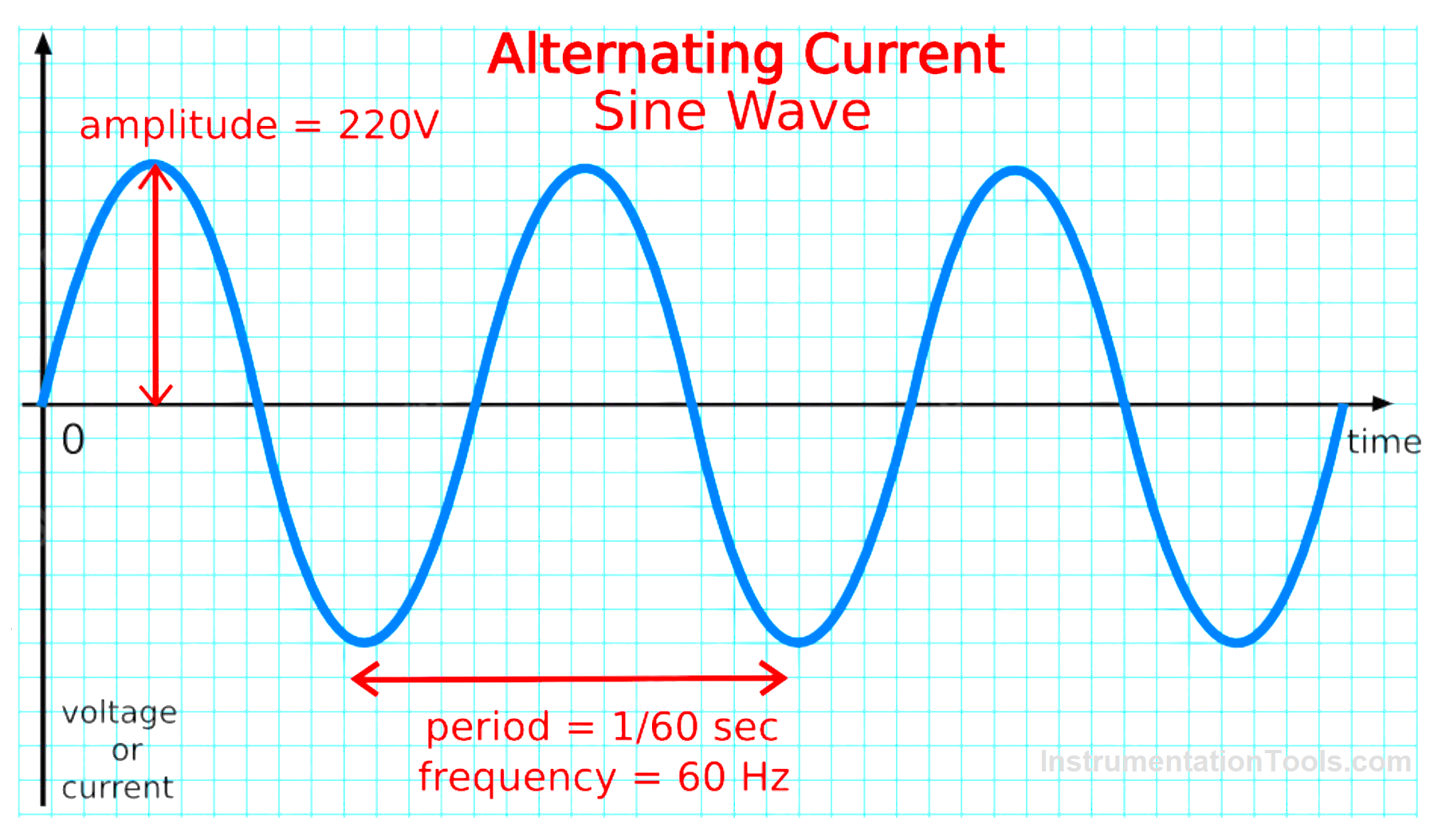
AC is depicted as a waveform called a sine wave as shown in the above figure, which measures the electric cycles per second. One complete cycle consists of a positive half-cycle and a negative half-cycle.
The frequency of AC is measured in Hertz (Hz), and in India, the AC supply frequency is 50 Hz. AC is easy to generate and transport across long distances, and it can power electric motors used in refrigerators, washing machines, and other household devices.
Direct Current (DC)
Direct Current (DC) flows in one direction with a steady voltage. DC supply is commonly used to charge batteries and to power electrical and electronic devices like mobile phone batteries, electric vehicles, and flat-screen televisions.
In DC circuits, electrons move from the negative side to the positive side. DC is produced by photovoltaic cells, batteries, or electrochemical cells.
The SI unit of electric current is Ampere, represented as A. The force needed to drive the flow of charged particles in a conductor is called voltage.
Understanding the differences between AC and DC is important for anyone working with electrical or electronic devices.
Difference between AC and DC
The following table shows the comparison between alternating current and direct current.
| Alternating Current (AC) | Direct Current (DC) |
|---|---|
| AC is safe to transfer over long distances while maintaining electric power, even up to the distance of two cities. | DC cannot travel for long distances as it loses power. |
| In AC, the electrons change their direction periodically from forward to backward or vice versa. | Photovoltaic cells, batteries, and electrochemical cells are the sources of DC current. |
| The frequency of AC circuits is typically between 50-60 Hz. | DC current does not have a frequency; its frequency is zero. |
| AC generators are the primary source of AC power. | AC current has three types: sinusoidal AC, triangular, and square trapezoidal AC. |
| The direction of current flow changes due to rotating magnets in AC. | DC current has two types: pure DC and pulsating DC. |
| High energy loss is observed in DC, so it is not preferred when transmitting over large distances. | No change in the direction of current flow is seen in DC due to steady magnetism. |
| Less energy loss occurs during transmission in AC compared to DC. | The voltage or current level cannot be changed in the DC supply. |
| AC supply can be stepped up or stepped down based on the requirement. | The voltage or current level cannot be changed in DC supply. |
| It is not possible to store AC power in batteries. | DC can be stored in batteries. |
If you liked this article, then please subscribe to our YouTube Channel for Electrical, Electronics, Instrumentation, PLC, and SCADA video tutorials.
You can also follow us on Facebook and Twitter to receive daily updates.
Read Next:
- What is a Buchholz Relay?
- Importance of Neutral Wire
- Induction Motor Problems
- Cables between VFD & Motor
- What is a Current Transformer?
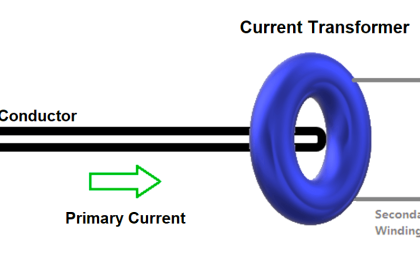
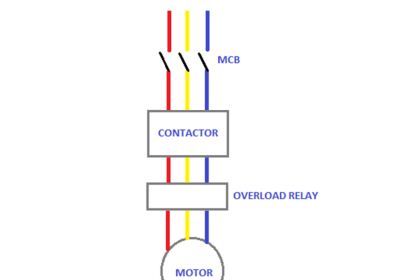

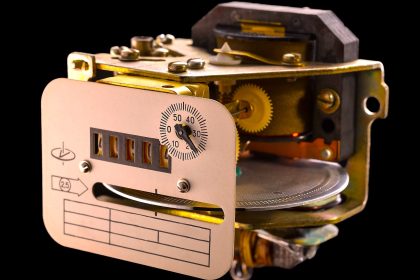
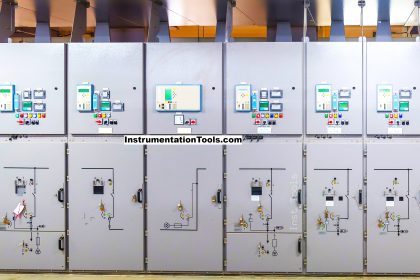
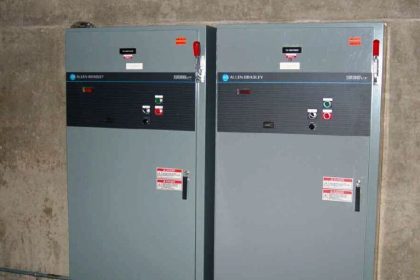
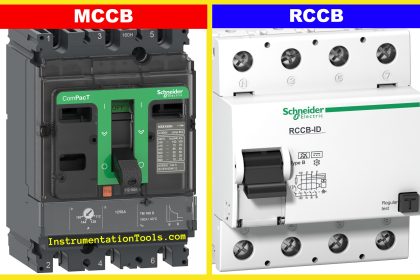
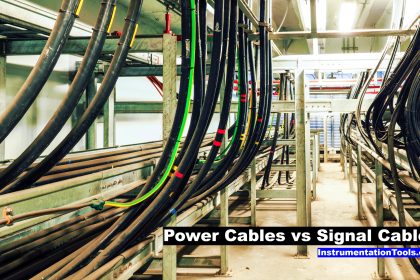

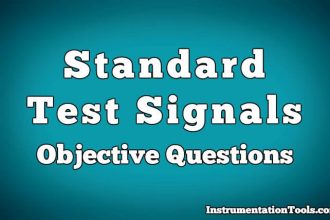
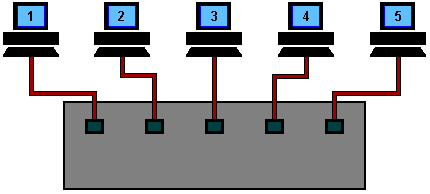

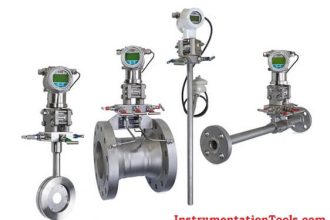


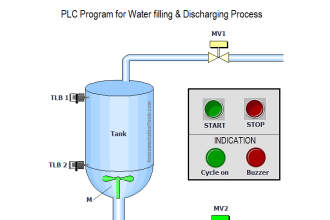

Interested in learning electricity